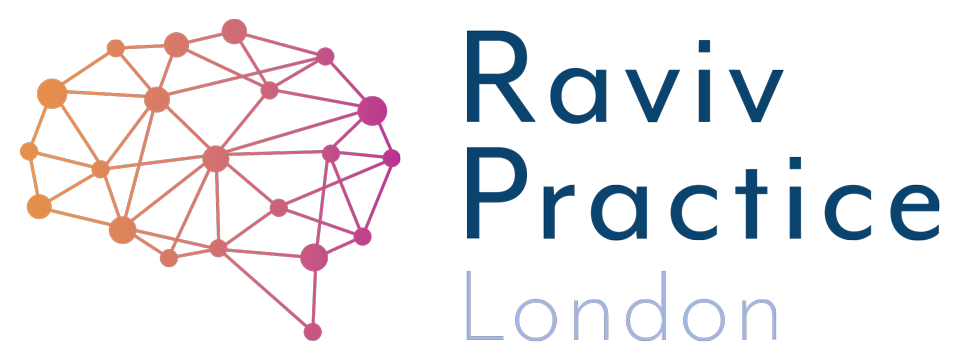Why, Forbrain® Headphones are a worthwhile investment.
Adults and children alike love a good story; it can take us to a faraway place and lift our spirits without leaving home. Recently, I joined a book club. The organiser (ex-headteacher) is very knowledgeable and has already introduced the members to some excellent authors.
“Narnia was constantly on her mind when her head hit the pillow at night and the vacant moments between school and play. Narnia! Narnia! Narnia!”
The voice that is inside us.
When we read, most of us visualise the characters, the scenery, events, and the words form pictures in our mind's eye. For a good few years, my then six-year-old was obsessed by C S Lewis’ 'The Lion, The Witch And The Wardrobe’. If caught in a daydream, I would ask, "What are you daydreaming about?" Her reply was always "Narnia!" Narnia was constantly on her mind from the moment she got up to when her head hit the pillow at night. Narnia! Narnia! Narnia!
This internal narrator’s voice combines with the associated images to help us jump into the pages of our favourite book.
Emerging readers – their story
Yesterday, I heard an emerging reader read a short story by Rudyard Kipling, 'How the leopard got his spots.' The font size was larger than usual, so that his eyes could track with greater ease. While the words were all read correctly, there was no flow, no rhythm, no intonation. I asked him to highlight all the full- stops in a pink colour pen, and the commas with an orange colour pen. We started again this time with gestures for stop (palms vertical facing away from the body, that universal stop sign) each time we came to a full stop. When he went to a comma, we had another gesture of human imitating a puppy or any canine with its paws up; to remind him to take a pause. As 'stop,' and 'paws,' were established, we laughed, and with it gained more rhythm and flow. Then I got out my special set of Forbrain® Headphones. This allowed him to listen to his voice as he read.
As we read together in tandem, the passage came to life. Even when the gestures to aid punctuation were forgotten, the pattern of stopping at the full stop became audibly different.
The sentences were not merging into one another. Forbrain® headphones do take a bit of getting used to, but we pretended he was an airline pilot, and this appealed to his six-year-old brain. Forbrain® headphones contain a little microphone and it is a very slick lightweight piece of kit that any child will be curious to try out. This equipment offers a real sense of entertainment value too. When the child reads out loud into the tiny microphone, their voice is heard by them through the listening part. Children always start off laughing at this strange experience of hearing their own voice played back to them, but in no time, they begin to enjoy the experience. In my time using Forbrain® Headphones, I have never had any child refuse or not enjoy using them.
What are Forbrain® Headphones?
You talk into the microphone like any other headphone set, the sounds channel into the headphones and feed-back for you to hear as you talk. It is a bit like when you speak into a microphone connected to speakers you hear your voice Only this is a tiny device and the sounds you hear are not taken into your ears directly but conducted through your bony skull. Humans can listen to sounds both using our ears and also, conducted through our skeleton. It may seem a bit odd, but our hard skeleton conducts sounds as well as our ears. These headphones are better known as 'bone conduction headphones.'
“Use your voice to BOOST your brain”
Use your voice to boost your brain
What makes these headphones so unique?
Around 1957, Dr Alfred Tomatis, an Ear Nose throat specialist, said many problems of the speech production were difficulties in processing or hearing sounds. He said, " the voice cannot produce what the ear does not hear." Dr Tomatis created the first specialised listening therapy programs.
The student with me yesterday cannot hear the difference between 'f' sound and 'th' sound. He often mispronounces 'thing' as 'fing' and 'thumb' as 'fumb.' These are not the only sounds that often get confused. Forbrain® headphones support practising listening to one's own voice when making such sounds. As this student practises reading and processing words starting with 'f' or 'th' sounds, he begins to audibly hear the difference between 'f' and 'th,'. This, in turn, goes towards reading with more ease, less hesitation and more understanding. With emerging readers, they sometimes read one word at a time, but Forbrain® headphones help them to gain pace as they listen and it improves contextual understanding.
What other uses are there for Forbrain® Headphones?
We use it extensively with the Alpha to Omega program: the dictation exercises and the proofreading element especially. Not many schools do dictations with children, but most therapists specialising in teaching spelling, reading, and writing will use these in some form.
When proofreading sentences out loud, using the headphones, children pay full attention to the words they are looking at as they read. For example, when they misread a word, for example; stop and spot, they look again and self-correct.
Jumping into the book
Children need to know that the joy of a good story is not exclusive to children who can read. The performance element of this tiny device allows children to jump into the story in place of reading one word at a time without any destination or momentum. Mistakes are made, but hearing them back and analysing them for themselves gives a different perspective, and they cope with this more often in a happier, and more spirited way.
Improving reading skills using Forbrain Headphones
Do you want to try for FREE?
Forbrain® allow you to try the headphones for thirty days so can see the difference and their potential. If you are interested in this incentive scheme, do click on this link so your child can jump into a good story for themselves too.
Dyslexia? Dyspraxia? ADHD? ASD? Speech & Language? Developmental Delay? Anxiety?
Is every school day a struggle? As a parent, you may feel exhausted and on this journey alone. Each year you see the gap getting wider. You need to do something - change the approach, help your child learn for themselves, find a way to turn this around - to help while you can - do this NOW. the first step is free.
About the Author
Usha Patel is a Neurocognitive Therapist and Director at Raviv Practice London. Parents searching to help their suspected/neurodiverse child can get evidence-based solutions with results in as little as 8 weeks. Those in search of jargon-free help can get started straight away.


